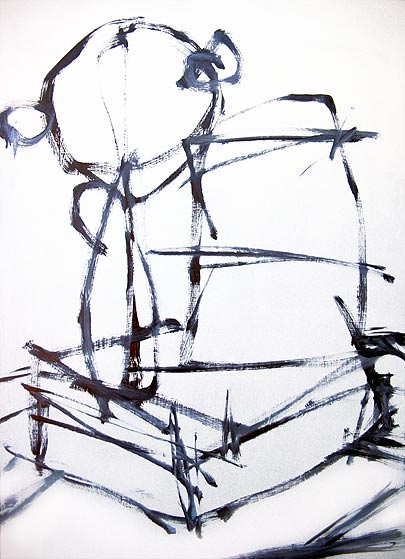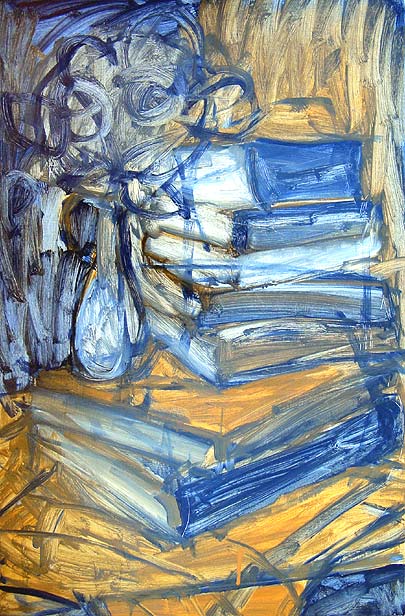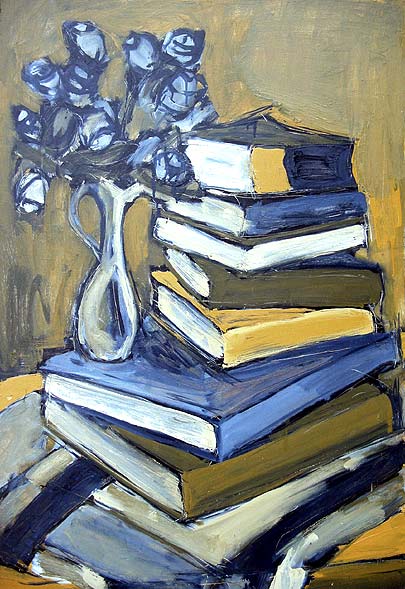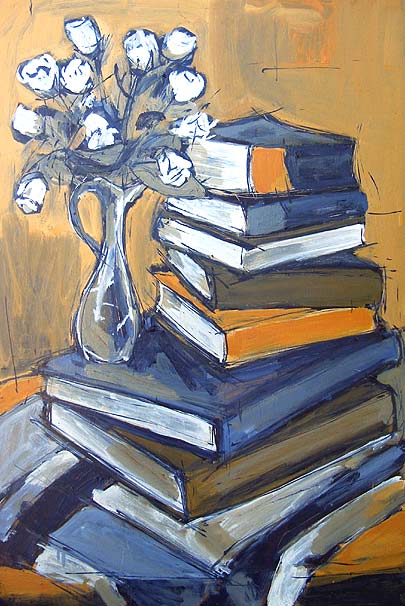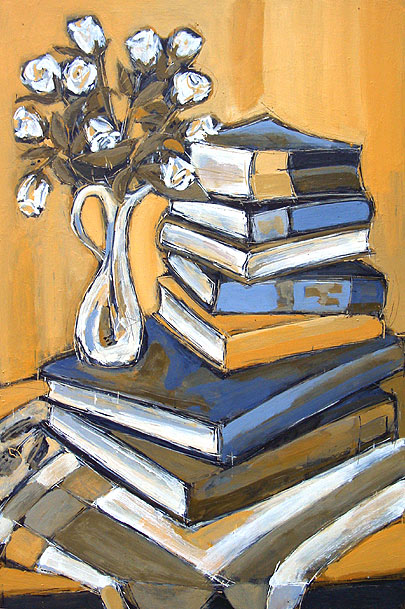Helen Sear’s photographic practice has developed from a Fine Art background of performance, film and installation work made in the 1980’s. Her photographs became widely known in the 1991 British Council exhibition, De-Composition: Constructed Photography in Britain, which toured Latin America and Eastern Europe. Born in England she continues to explore ideas of vision, touch, and the re-presentation of the nature of experience, combining drawing, lens based media and digital technologies.
Friday 23 October 2009
Seminar group critique: notes and research prompts: Gerhard Richter
A Diverse Range of Styles



A combination of artists and artwork I like, enjoy and aspire to: Ashley wood
Ashley has been a professional illustrator for over ten years, and has worked for most major entertainment companies including Dreamworks SKG, Warner Bros., Random House, Marvel Comics, McFarlane Entertainment, IDW, and Konami.
His illustration technique is a combination of traditional painting techniques, coupled with digital photography and graphic software.



Ashley's website:
A combination of artists and artwork I like, enjoy and aspire to: Dion Archibald

dion archibald
artist statement
My art is about a personal exploration of the subject and the materials used to create the work. Regardless of whether the subject is something as mundane as a toothbrush or as awe inspiring as the beauty of nature, it has to speak to me in some way. I have to feel an empathy towards the subject and desire to form a relationship with it, as inevitably I am affected by the feeling or mood of the subject. My paintings evolve organically from life's everyday glances. Rather than trying to force my will on them, I give them total control. Each layer determines and guides the next. My paintings are a dialogue between giving and taking. I don't want to sign the work until it looks like it has been lived on, until I have violated the open white space and created something that can become independent of me and fend for itself.
Dion 2002
|
Wednesday 21 October 2009
Influence & interests
Mark Hayward
 Air-raid, Mark Hayward, Animation
Air-raid, Mark Hayward, Animation
Mark Hayward

Mark Hayward
Mark Hayward’s work explores physical motion. Whether through animation or drawing, it’s ‘actions’ that interest him and how they adapt and respond to one another to create movement and narratives.
Acts of war and aggression feature recurrently in Hayward’s work, and individual actions naturally expand into group activity; as groups mobilise, individual characters seem to find themselves not just under the control of the groups that they move in but also of the actions that they partake in, actions that Hayward subjects them to.
Hayward was born in Portsmouth in 1979. He graduated from UCA Canterbury, Kent, where he received a BA in Fine Art in 2007 and then went on to complete an MA in Fine Art Printmaking at the Royal College of Art, London, were he received the Tim and Belinda Mara Award.
In 2009 his work was selected for the Jerwood Drawing Prize, which will be opening in London September 2009 and touring the UK until April 2010. He has shown his work in a number of exhibitions including
Show One, at the Royal College of Art,The London Original Print Fair at the Royal Academy of Arts, and New Cross Project Space, London. He currently lives in Ken



